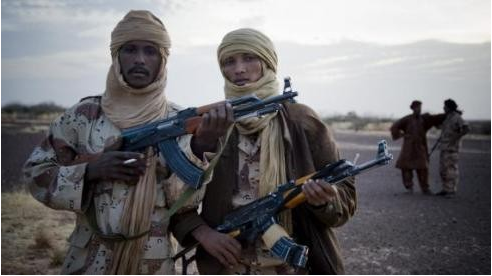 The black salafist flag that flutters in the hot desert breeze over Timbuktu symbolises the abject failure of western policy in the Sahel over the past decade or more. Many millions of dollars and euros that have been spent by the US, France and the EU to train the armies of Mali, Niger and Mauritania in counter-terrorism and to reinforce local judicial systems and police forces have, in effect, been frittered away.
The black salafist flag that flutters in the hot desert breeze over Timbuktu symbolises the abject failure of western policy in the Sahel over the past decade or more. Many millions of dollars and euros that have been spent by the US, France and the EU to train the armies of Mali, Niger and Mauritania in counter-terrorism and to reinforce local judicial systems and police forces have, in effect, been frittered away.
The trust that western powers, especially the US and France, once placed in the toppled regime of the ex-Malian President, Amadou Toumani Touré, has been betrayed in spectacular fashion. They trusted him because they thought, or rather hoped in face of mounting evidence to the contrary, that he was a true democrat. In fact he was a really soldier at heart, a machiavellian manipulator of tribal politics and sponsor of self-serving networks of interest, corruption and even crime.
The US hoped that by training the Malian army to fight the mujahedeen of Al Qaida in the Islamic Maghreb (AQIM), who have been rampaging with near impunity in Mali’s northern deserts since 2008, they could empower a local solution to the problem of Islamic terrorism in the Sahel and avoid the pitfalls of doing the job themselves. Contrary to appearances, US global counter-terrorism policy has matured since the days when the Rumsfeld doctrine of direct military intervention was applied in Iraq. The Pentagon now knows that direct intervention is usually counter-productive, resurrecting as it does the red rag of American imperialism and driving hordes of young disaffected Arabs and Africans into the arms of Al Qaida and other terrorist groups.
It can be argued that indirect foreign military intervention has been partially successful in the case of Mauritania and Niger. Mauritania has been a willing participant in US counter-terrorism initiatives in the Sahel since 2002, including the Trans-Sahara Counter-Terrorism Initiative (TSCTI) that was launched in 2005 with an annual budget of $100 million. It has also been a cornerstone of the US military’s annual Operation Flintlock exercises designed to increase local military and security capacity in West Africa. France has helped to fund and train the Mauritanian army’s rapid reaction units, and has played an increasing role in advising and strengthening the Mauritanian judiciary.
As a result, Mauritania has become the most ardent and effective opponent of AQIM in region, clinching several modest military victories against the terror group, most notably the joint Mali-Mauritanian attack on the cell of the redoubtable AQIM emir Abou Zeid in the Wagadou Forest of northern Mali in June 2011.
But Mauritania’s belligerence could still cost it dear. AQIM’s virulent hatred of Mauritanian President Mohammed Ould Abdel Aziz and his regime and the close links between local jihadists and the MUJAO, an AQIM spin off that now controls the strategically important city of Gao in eastern Mali, threaten to destabilise Mauritania. A massive car-bomb attempt on President Aziz’s life in February 2011 was foiled by the army but the President might not be so lucky next time. Furthermore, the Aziz regime has recently been mired in some weighty corruption scandals of its own, and there’s evidence that its popularity at home is on the slide. Mauritania’s close cooperation with the West could backfire if local disaffection translates into more willing jihadists on the ground.
President Mahamadou Issoufou of Niger has so far played a commendably level-headed and intelligent part in the crisis that has swamped the Sahel. The odds are against the world third poorest nation, beset as it is by the Libyan crisis to the north, the Malian civil war to the west and Boko Haram to the south, as well as catastrophic droughts, a massive refugee problem and the return of many thousands of migrant workers from Libya and other countries in the Maghreb.
Contrary to President Toure’s lax response in Mali, Issoufou was adamant about disarming Touareg fighters who flooded south into Ngier from the Libyan war last year. He has also made strenuous efforts to engage tribal chiefs and Touareg rebel leaders from Niger’s northern deserts in the country’s political institutions, promoting open government and freedom of expression in the process. His drive to achieve food self-sufficiency, a massively ambitious target that he’s busy promoting with the slogan Les Nigeriens Nourrissent Les Nigeriens – Nigeriens Feed Nigeriens – is both very necessary and popular at home. He has also been helped by the battle-fatigue caused by the bitter Touareg uprising of 2007-9.
Most importantly in regional terms, Issoufou is trying to turn the Malian crisis to his advantage by taking over from Mali as France’s most trusted and valued ally in the Sahel. France needs Niger’s uranium, a fact that was strenuously underlined when President François Hollande met President Issoufou in Paris last June and urged him to make every effort to bring the massive new uranium mine at Imouraren in Niger on-stream as soon as possible. Niger and France have also been increasing their military cooperation and talking about a coordinated response to the terrorist threat.
Niger’s current state of grace is extremely fragile however. The problems of drought, refugees and returning migrants threaten to tip the country towards disaster at any moment. The Touareg in the north of the country could still make common cause with the National Movement for the Liberation of Azawad (NMLA), the Touareg rebel movement in northern Mali, presently licking its wounds after defeat at the hands of AQIM and its allies in Gao and Timbuktu, if their fortunes were ever to improve and the prospect of an independent Touareg-led Azawad became more likely.
In the case of Mali, however, the western policy of indirect intervention has been a disaster. The reasons for this are complex but boil down to the fact that, despite a few direct confrontations in 2010 and 2011 that cost the lives of a number of soldiers, Mali has never displayed the willingness or the military capacity needed to rid its country of the scourge of AQIM. Moreover, there is substantial evidence, including a direct admission made by the loyalist Touareg officer Colonel Alhadji Ag Gamou to the French newspaper Le Figaro in July this year, that Mali allowed AQIM to set up a safe-haven in the north east of the country, so long as it didn’t commit any acts of terrorism on Malian soil.
Why? First, because Mali hoped that the presence of AQIM in the heart of Touareg rebel country would seriously damage and divide the Touareg secessionist cause. In that regard, their hopes have been fully answered by recent events. Secondly, AQIM managed to orge strong alliances with certain powerful figures from the Arab communities in northern Mali, some of whom were involved in drug and weapons trafficking. The government in Bamako had an interest in keeping these powerful northern figures on their side. And thirdly, the Malian army has always been incapable of securing military victory in the north, either against Touareg rebels or Islamic terrorists. Better to leave AQIM be than risk the lives of many more ordinary Malian soldiers. Despite this, the USA and France continued to pour millions into Mali’s military and security apparatus, money that all too often evaporated like a desert mirage as soon as it was spent. You need only read the cables sent by the US Embassy in Bamako and later exposed by Wikileaks to feel the extreme frustration that Mali’s lack of resolve in its fight against AQIM provoked in the diplomatic community in Bamako and elsewhere.
Thanks to bitter experience, the US now knows that you cannot use southern armies, who are used to combat in temperate sub-Saharan zones, to fight wars out in the open deserts of the Sahara. That’s why it has been reluctant to support a regional threat to launch an ECOWAS force of 3,000 troops against the various armed groups in the north of Mali, and has made sure that this reluctance has been echoed by the UN.
The only force capable of taking on and beating AQIM in northern Mali is the Algerian army. The armies of Morocco or Chad might also prove effective, but neither country has shown any willingness to become militarily involved so far, even if it were ever possible for them to do so, which is doubtful. The belief is growing that Algeria holds most of the keys to the problem. Nevertheless, it has always considered northern Mali to be its own backyard, and has put every possible effort into keeping it free of outside interference, whether from France, America, ECOWAS or anybody else. Moreover, so far at least, Algeria has kept its substantial military might well within its own borders.
Not that Algeria is unconcerned about the chaos in Mali. On the contrary, it views the idea of an independent Touareg state on its southern borders with extreme alarm. It has a substantial Touareg population of its own, who dominate its strategically important and mineral-rich southern deserts, and it fears that a Touareg victory in Mali could provoke those desert populations into copy-cat dissent. This fear also extends to the numerous other Berber populations in Algeria, especially the economically and politically powerful Kabyles. Algeria knows that any Touareg victory will be seen as a Berber victory at home, and the Berber cause for greater political and cultural rights has been a thorn in the foot of every Algerian government since independence.
The same is true in Libya, a country riven by racism and ethnic strife that has increased tenfold since the demise of Ghadafi. Recent anti-Touareg pogroms in the southern city of Ghadames and clashes between black-skinned Tubu and armed Arab militia in Sebha demonstrate the volatile relationship of Berber and African minorities with the Arab majority. Salafist elements in the new government see an AQIM hegemony over northern Mali as preferable to a Touareg state. Moreover, most of the weapons currently blighting the peace of northern Mali come from Libyan arsenals.
Rather than sending in the troops, Algeria has played an extremely subtle hand in the current conflict. Just before the outbreak of the Touareg rebellion in January, it sent a group of military personnel to the strategically important army base in the northern Malian town of Tessalit. As the NMLA wanted to avoid an open confrontation with Algeria at all costs, this move had the effect of delaying a Touareg victory by several months. Then, whether by shady design piloted by the Algeria secret services or merely by happenstance, AQIM and its allies managed to hi-jack the Touareg rebellion and kick the idea of an independent Azawad into the long grass. This outcome suited Algeria, despite the fact that the leaders of AQIM are ex-members of the GIA and GSPC, the terrorist groups responsible for the worst of the violence during Algeria’s dark decade of the 1990s. Better in Algeria’s mind for these home-grown jihadist to be causing havoc outside Algerian borders, than to let the existence of an independent Touareg state threaten Algeria’s territorial integrity.
Both France and the USA have never managed to have much leverage on Algerian foreign policy. The only real and immediate military solution to the chaos in northern Mali is therefore frustratingly beyond their grasp. The dominant super-powers will be forced to find other ways of containing the Islamist threat in the Sahel, a threat that could turn the entire region against them and spread into Europe and beyond.
Some fundamental questions will need to be asked. Can African governments be trusted to fight terror and crime, even if they are democratically elected? What is more important, the integrity of African states or the fight against Islamic terrorism? Is the nation-state even the best form of political organization in the Sahara? Is it possible to win the war on terror with military might alone? Finding answers to these questions is a challenge that becomes more and more pressing as the black flag continues to flutter over Timbuktu.
Andy Morgan. (c) 2012
First published in BBC Focus On Africa Magazine – September 2012

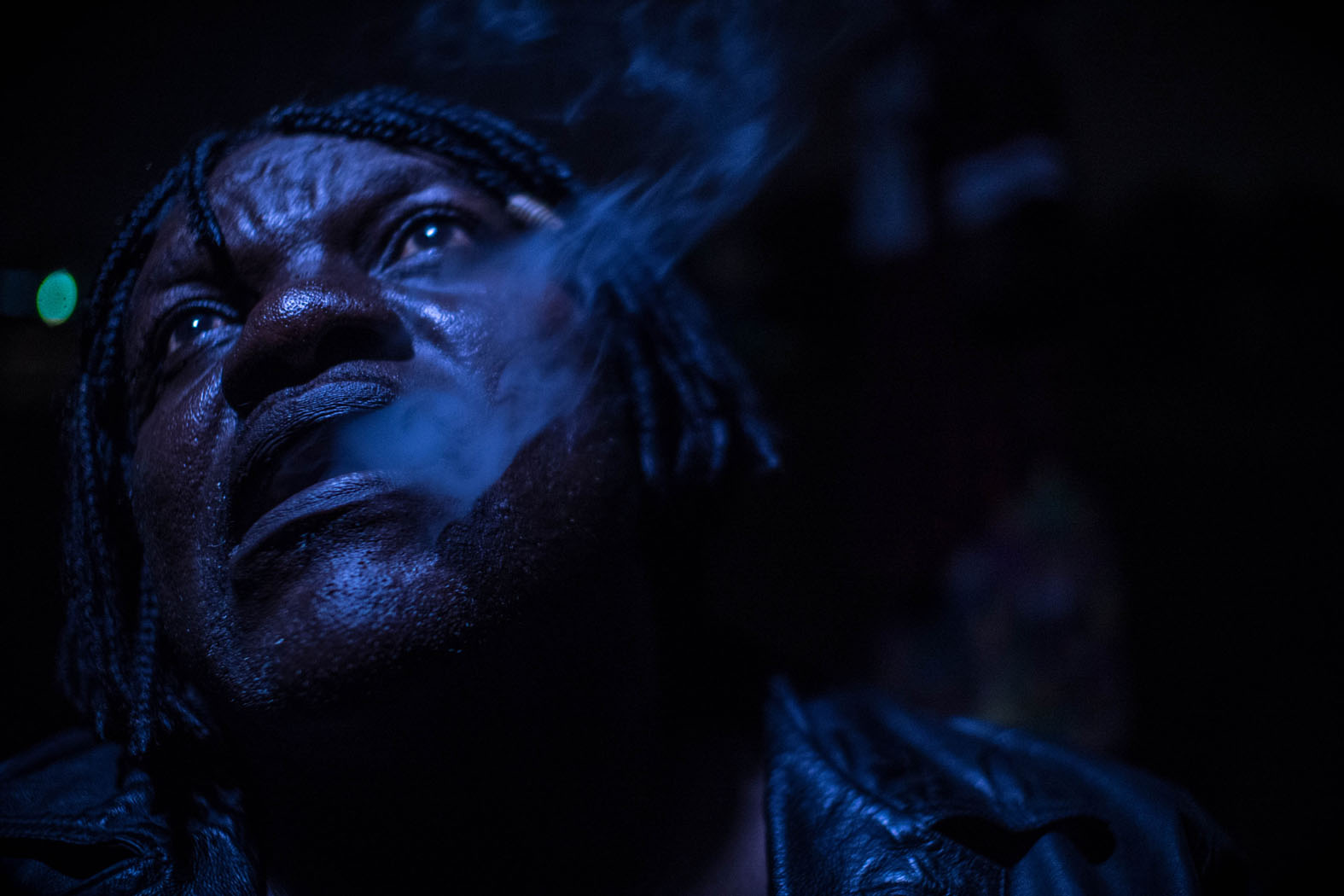
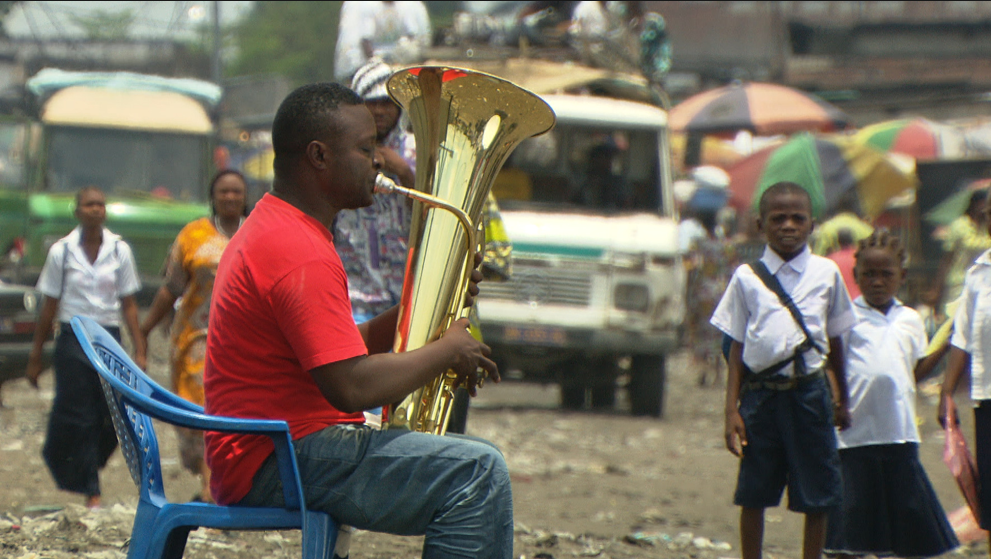

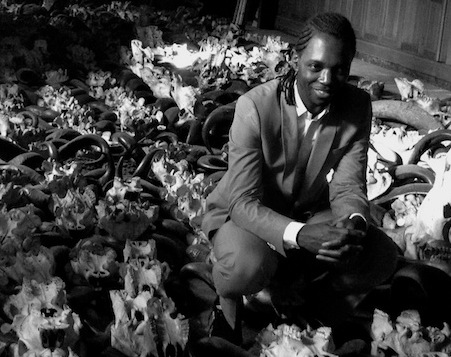
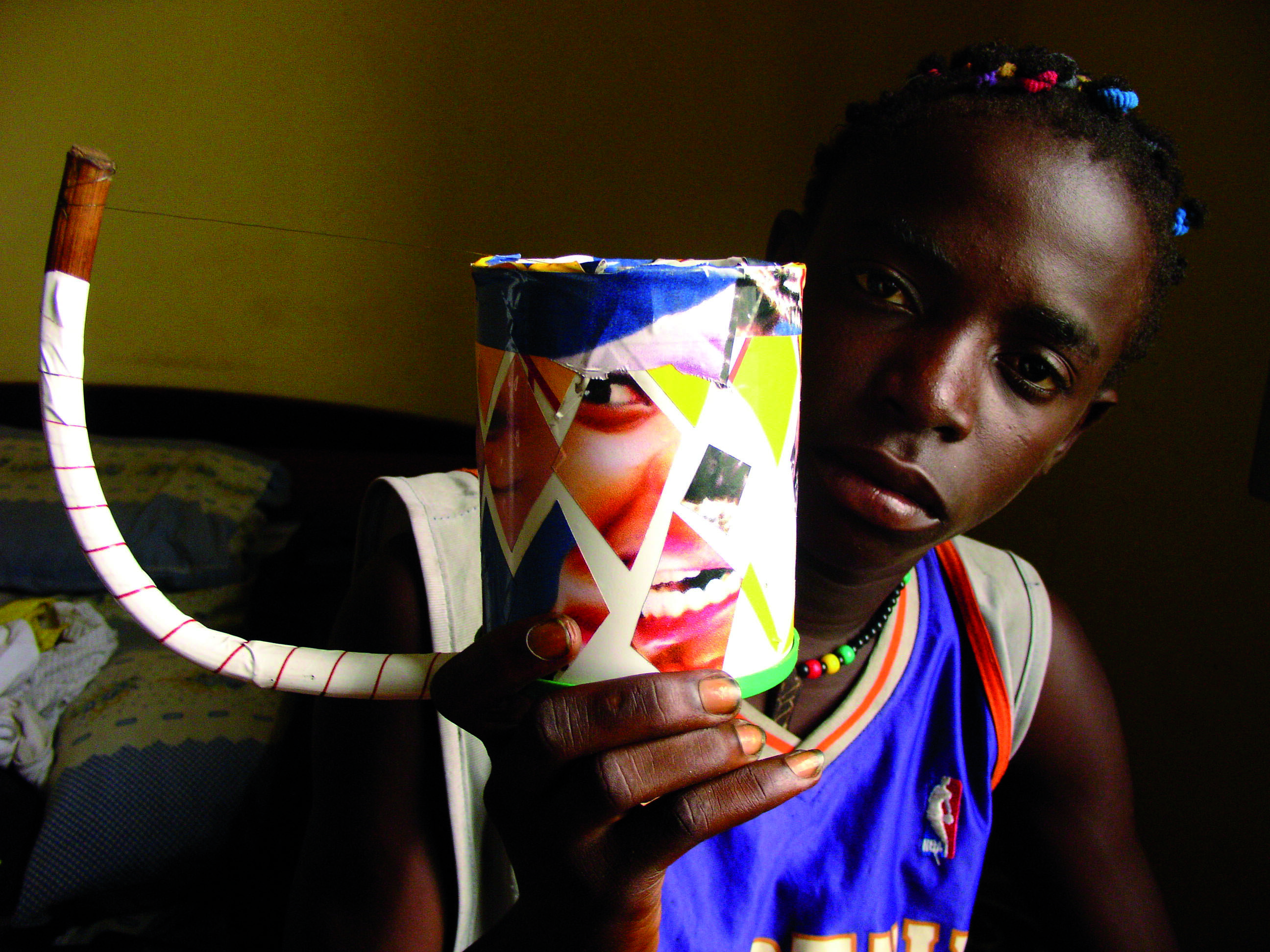
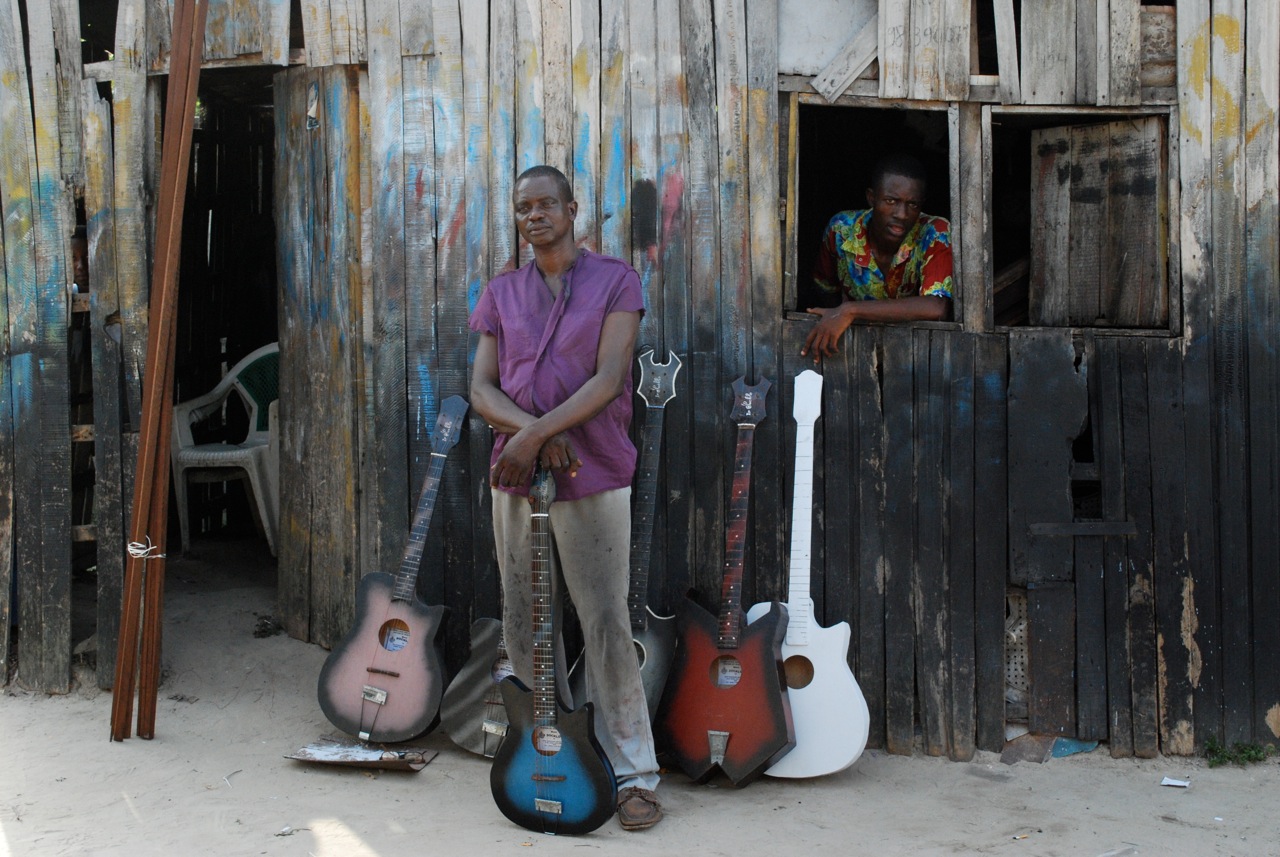
4 comments for “Northern Mali – A failure of Western policy in the Sahel”